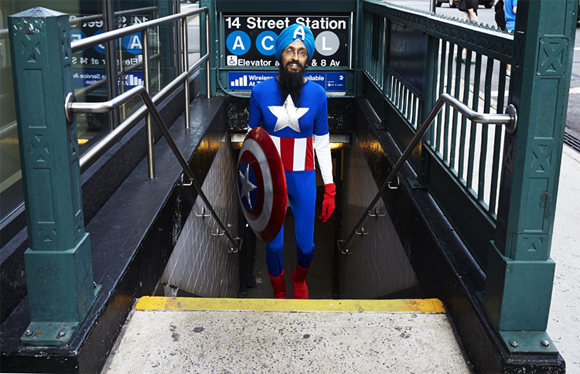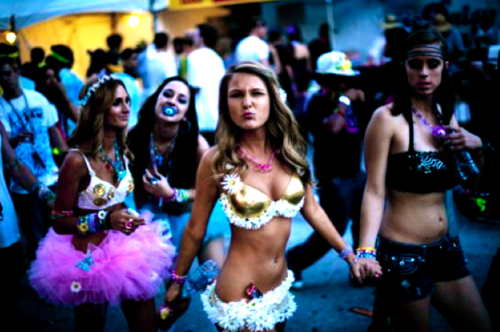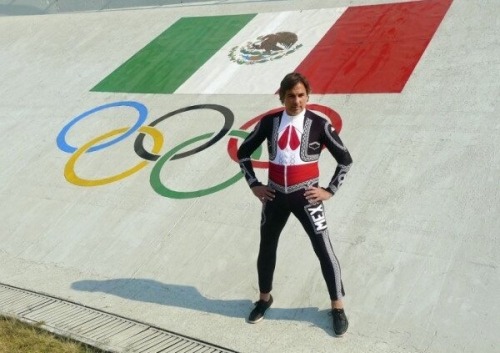During a recent trip to Target, I saw an eye liner that was only $1, and I bought it. It was only after I bought it and was walking to the car that I remembered the Be Green challenge. I only really bought it because it was so inexpensive. If I had more money in general, I could definitely see myself breaking the Be Green challenge more often.
In this week's reading about teen-driven fashion in Japan, I saw parallels to the other street fashion trends that we have studied, such as hip hop fashion. In both cultures of Japanese "kawai" cute fashion and hop hop fashion, the trends are often informed by the consumer base. The difference I saw was that in Japan. the youth-driven fashion subcultures are even more hands on in many cases. Companies hire youth directly in order to get a sense of what's in style, and many prosperous designers had no training in fashion. They listen to their customers directly and buy and/or modify garments for their customers. The subcultures are distinct in ways that only members can really identify, and like in an fashion culture, authenticity is highly significant. (Kawamura, 2006)
I was quite surprised to see that a fashion trend in Japan was for teen girls to darken their skin and highlight their face with white makeup. I'm used to hearing about trends in Asia being along the lines of skin lightening, but this was skin darkening in exaggerated ways. Some girls are Snooky Jersey Shore tan and some are much darker, which would in America be perceived as blackface. These teens do it to be part of a certain cute culture. I'm not sure what their look accomplishes-- does it defy mainstream norms that prioritize lightness? Does it mimic American tanning culture? Is it just an outrageous way to use makeup to highlight and create a more white bone-structure?
I remember reading about another fashion trend in Japan within the last few years. A youth subculture in Japan popularized facial saline injections to make patterns protruding from their foreheads such as hills and bagels. (Clifton, 2011)
While many people, including myself, find this look alarming, I realize that it is no different from many other fashion trends. These saline injections dissipate within 24 hours, and help members of this subculture to feel connected to their group. Like any other subculture, members often use physical cues as symbols of their group membership and the values of that group. When I see someone sporting Teva sandals and a Nalgene bottle, I usually assume they are outdoorsy and have hippy values. When I see someone with Saline injections in their head that make fun 3D shapes, I'll probably associate them with that Japanese subculture that is similar to punk culture in America. It is a form of expression just like any other fashion trend.
Sources:
Clifton , J. (2011, August 28). Japanese bagelheads. Retrieved from http://www.vice.com/en_uk/read/japanese-bagelheads-wtf
Kawamura, Y. (2006). Japanese teens as producers of street fashion. Current Sociology, 54(5), 784-801.





















